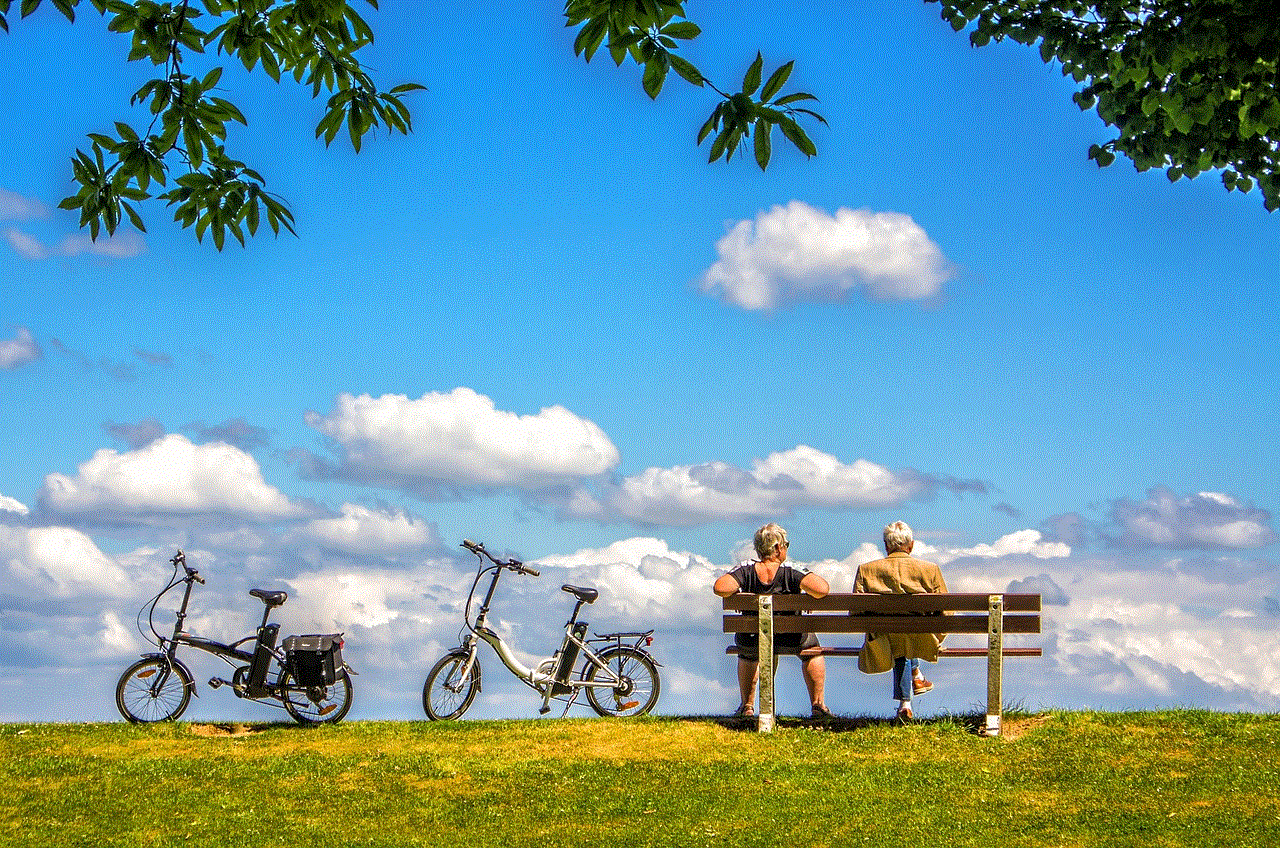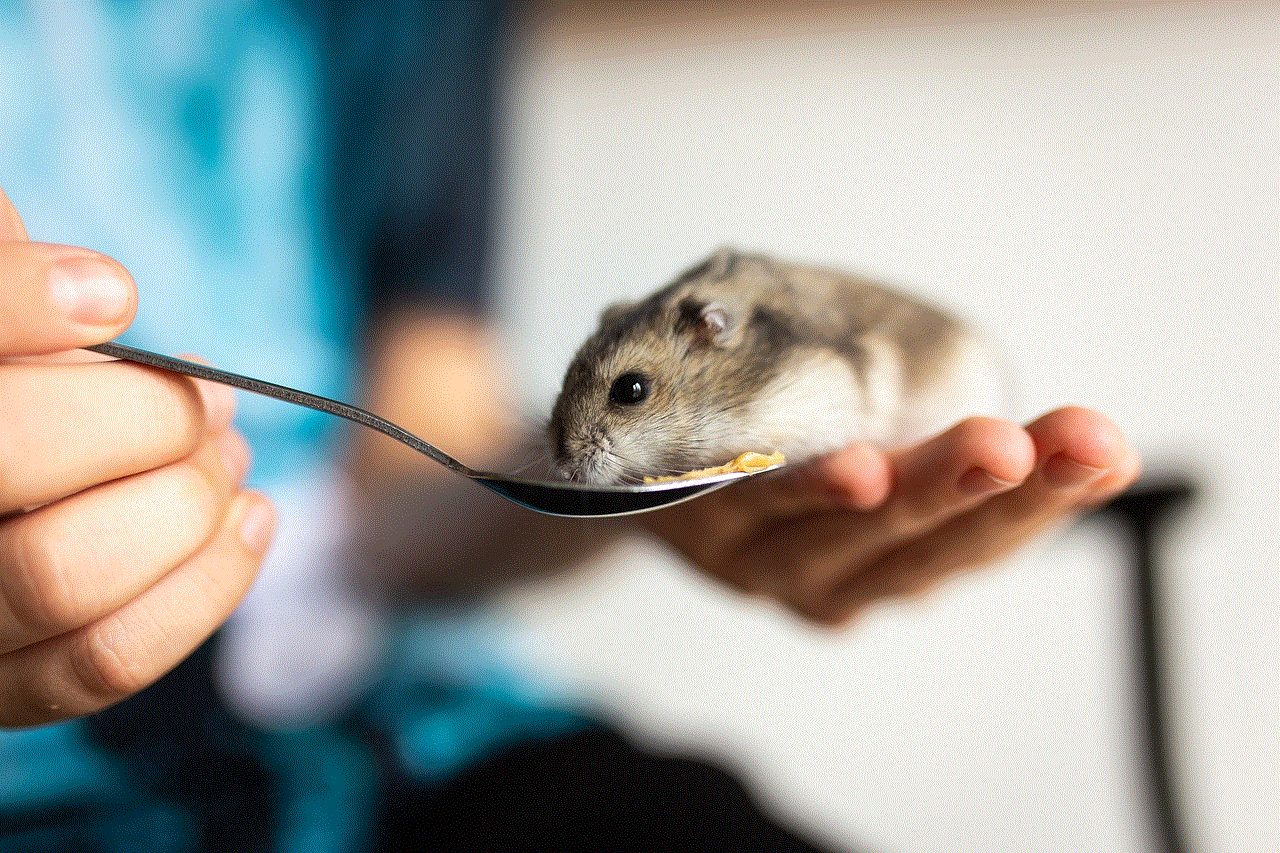como grabar una conversación telefónica
Grabar una conversación telefónica es una práctica cada vez más común en la era digital en la que vivimos. Ya sea para fines personales o profesionales, la grabación de una llamada telefónica puede ser una herramienta útil para recordar información importante, documentar una discusión o simplemente por motivos de seguridad. Sin embargo, antes de proceder a grabar una conversación telefónica, es importante conocer las leyes y regulaciones que rigen esta práctica, así como también tomar en cuenta ciertas consideraciones éticas. En este artículo, te guiaremos a través del proceso de cómo grabar una conversación telefónica de forma legal, ética y efectiva.
1. Conoce las leyes y regulaciones locales
Antes de grabar una conversación telefónica, es crucial que te informes sobre las leyes y regulaciones que aplican en tu país o estado en particular. En algunos lugares, es ilegal grabar una conversación sin el consentimiento de ambas partes, mientras que en otros solo se requiere el consentimiento de una de las partes involucradas. Por ejemplo, en Estados Unidos, la mayoría de los estados operan bajo la ley de “un solo partido”, lo que significa que solo se necesita el consentimiento de una de las partes para grabar una conversación. Sin embargo, hay algunos estados que requieren el consentimiento de ambas partes. Por lo tanto, es importante que investigues y te asegures de cumplir con las leyes y regulaciones locales antes de proceder a grabar una llamada telefónica.
2. Obtén el consentimiento de la otra parte
Si vives en un lugar donde se requiere el consentimiento de ambas partes para grabar una conversación telefónica, es importante que obtengas el permiso de la persona con la que estás hablando antes de comenzar a grabar. Puedes hacerlo de forma verbal, diciendo algo como “¿Te importaría si grabo esta llamada para que pueda recordar mejor la información?” También puedes optar por enviar un mensaje de texto o correo electrónico solicitando el consentimiento antes de iniciar la llamada. Si la persona se niega a ser grabada, respeta su decisión y no procedas con la grabación.
3. Utiliza una aplicación o dispositivo de grabación
Una vez que hayas obtenido el consentimiento necesario, es hora de elegir la herramienta adecuada para grabar la llamada. Existen muchas aplicaciones y dispositivos de grabación disponibles en el mercado, tanto gratuitos como de pago. Algunas de las aplicaciones más populares incluyen TapeACall para iPhone y Call Recorder para Android. También puedes optar por grabar la llamada directamente desde tu teléfono, si este cuenta con la función de grabación incorporada.
4. Asegúrate de tener una buena calidad de audio
Uno de los mayores desafíos al grabar una conversación telefónica es garantizar una buena calidad de audio. Para ello, es importante que estés en un lugar tranquilo y sin interrupciones para minimizar los ruidos de fondo. También puedes utilizar auriculares con micrófono para mejorar la calidad de tu voz y la de la persona con la que estás hablando. Otra opción es utilizar un dispositivo de grabación externo, como un grabador de voz, para una mejor calidad de audio.
5. Comunica a la otra parte que estás grabando
Incluso si solo se requiere el consentimiento de una de las partes para grabar una conversación, es importante que informes a la otra persona que estás registrando la llamada. Esto no solo es una cuestión ética, sino que también puede ayudar a evitar malentendidos o conflictos en el futuro. Asegúrate de mencionar que la llamada está siendo grabada al comienzo de la conversación y también puedes recordarlo ocasionalmente durante la llamada.
6. Evita compartir la grabación con terceros
Aunque hayas obtenido el consentimiento de ambas partes para grabar la llamada, es importante que evites compartir la grabación con terceros sin el permiso de las personas involucradas. Esto puede ser visto como una violación a la privacidad y puede causar problemas legales. Si necesitas compartir la grabación con alguien más, asegúrate de obtener el consentimiento de todas las partes antes de hacerlo.
7. No utilices la grabación con fines ilegales
La grabación de una conversación telefónica con fines ilegales, como chantaje o extorsión, es un delito grave en la mayoría de los países. No solo es ilegal, sino también éticamente incorrecto. Si bien la grabación de una llamada puede ser útil para proteger tus intereses o tener una prueba en caso de un conflicto, no debe ser utilizada para fines ilegales.
8. Almacena la grabación de forma segura
Asegúrate de almacenar la grabación en un lugar seguro y privado, lejos del alcance de personas no autorizadas. Si utilizas una aplicación de grabación, es posible que te permita almacenar la grabación en la nube o en tu dispositivo. También puedes transferir la grabación a tu computadora y guardarla en una carpeta segura con una contraseña. No compartas la grabación en redes sociales o en cualquier otro lugar público.
9. Utiliza la grabación de forma responsable
Una vez que hayas grabado la llamada, es importante que utilices la grabación de forma responsable. No manipules o edites la grabación para cambiar el significado de lo que se dijo. Si vas a utilizar la grabación como evidencia en un conflicto, asegúrate de presentarla en su formato original y no alterada.
10. Ten en cuenta las consideraciones éticas
Más allá de las leyes y regulaciones, es importante que consideres las implicaciones éticas de grabar una conversación telefónica. Si bien puede ser útil en ciertas situaciones, también puede ser visto como una invasión a la privacidad o una violación a la confianza de la otra persona. Antes de grabar una llamada, asegúrate de evaluar si es realmente necesario y si es éticamente correcto hacerlo.
En conclusión, grabar una conversación telefónica puede ser una práctica útil y legal si se realiza de manera adecuada y ética. Asegúrate de conocer las leyes y regulaciones locales, obtener el consentimiento de la otra parte y utilizar la grabación de forma responsable y ética. Recuerda que la comunicación es clave en cualquier relación, por lo que es importante respetar la privacidad y la confianza de las personas con las que hablas.
does snapchat notify when you open a chat
Title: Snapchat Chat: Does the App Notify When You Open a Chat?
Introduction (200 words)
Snapchat, a popular multimedia messaging app, has gained immense popularity among users of all ages since its launch in 2011. With its unique features like disappearing messages, filters, and lenses, Snapchat has become a go-to platform for instant communication and sharing moments. However, there has been a longstanding debate about whether Snapchat notifies users when someone opens their chat. In this article, we will explore this topic in detail and shed light on the functionality of Snapchat’s chat system.
1. Understanding Snapchat’s Chat Features (150 words)
Snapchat offers various chat features that allow users to send text-based messages, photos, videos, and even make voice and video calls. When you send a chat, it appears as a notification in the recipient’s chat list. However, the app does not explicitly notify the sender when their chat is opened by the recipient.
2. Snapchat’s Chat Status Indicators (200 words)
Although Snapchat does not directly notify users when their chat is opened, the app provides some status indicators that offer subtle hints about the recipient’s engagement. When you send a chat, a solid blue arrow appears next to it, indicating that the message has been sent. Once the recipient opens the chat, the blue arrow turns into a filled-in blue circle. However, this indicator does not notify the sender.
3. Snapchat’s Story Notifications (250 words)



Snapchat primarily focuses on notifying users about story updates rather than individual chat opens. When someone you are friends with on Snapchat updates their story, you receive a notification. This notification, represented by a purple icon, appears in the chat list, giving you an indication that the person has been active on Snapchat.
4. The “Opened” Status in Snapchat (200 words)
While Snapchat doesn’t explicitly notify users when a chat is opened, users can infer the chat’s status by observing the timestamps. When a chat is opened, the timestamp will update to the current time, indicating that the recipient has interacted with the message. However, this does not guarantee that the user has actually read the message.
5. The Importance of Chat Privacy on Snapchat (250 words)
Snapchat has always emphasized privacy and ephemeral messaging. The absence of explicit notifications when a chat is opened aligns with the app’s core principles. By not notifying users, Snapchat maintains a level of privacy and discretion in its chat feature, allowing users to engage in conversations without the pressure of immediate replies or acknowledgments.
6. Snapchat’s Read Receipts (200 words)
In contrast to other messaging apps like facebook -parental-controls-guide”>Facebook Messenger or WhatsApp , Snapchat does not have a “read receipt” feature that explicitly notifies the sender when their message has been read. This further highlights Snapchat’s commitment to privacy and allows users to have more control over their conversations.
7. The Psychology Behind Chat Notifications (250 words)
The absence of explicit notifications when a chat is opened on Snapchat plays a significant role in shaping user behavior and conversation dynamics. Without notifications, users are less pressured to respond immediately, fostering a more relaxed and casual environment for communication. This feature allows users to engage in conversations at their convenience, without feeling obligated to reply immediately.
8. Alternatives to Snapchat’s Chat System (200 words)
If explicit chat notifications are essential to your communication needs, there are alternative messaging apps available. Platforms like WhatsApp, Facebook Messenger, and iMessage provide read receipts and other notifications that inform users when their messages have been opened or read.
9. Snapchat’s Future Updates and Features (150 words)
Snapchat constantly evolves, introducing new features and updates to enhance user experience. While the app currently does not notify users when a chat is opened, future updates may bring changes to this feature. Snapchat’s commitment to user privacy, however, suggests that any changes will likely maintain a balance between privacy and functionality.



Conclusion (150 words)
Snapchat’s chat system is designed to prioritize privacy and discretion, and it does not explicitly notify users when their chats are opened. This approach allows for a more relaxed and pressure-free environment for conversations. While some users may prefer explicit notifications, Snapchat’s commitment to privacy has made it one of the most popular messaging apps globally. As the app continues to evolve, future updates may introduce changes to the chat system, but it is likely that Snapchat will continue to strike a balance between privacy and functionality.
evil face pumpkin carving
Evil Face Pumpkin Carving: A Spooky Tradition for Halloween Enthusiasts
Pumpkin carving has long been a cherished tradition during the Halloween season. Each year, families and friends gather to transform ordinary pumpkins into whimsical or spooky creations. One popular design that has gained significant popularity over the years is the evil face pumpkin carving. With its sinister grin and menacing eyes, this design adds an extra level of fright to any Halloween display. In this article, we will explore the history of pumpkin carving, the art of evil face pumpkin carving, and provide step-by-step instructions on how to create your own terrifying masterpiece.
The tradition of pumpkin carving can be traced back to ancient Celtic cultures. They celebrated the festival of Samhain, which marked the end of the harvest season and the beginning of the dark, cold winter. During Samhain, it was believed that the boundary between the living and the dead was blurred, and spirits roamed the earth. To ward off these spirits, people would carve faces into vegetables, such as turnips or potatoes, and place them near their doorways. These carved vegetables, known as “jack-o’-lanterns,” were intended to scare away evil spirits and protect their homes.
When Irish immigrants brought the tradition of pumpkin carving to America in the 19th century, they discovered that pumpkins were more readily available and easier to carve than turnips. The practice of carving faces into pumpkins quickly became widespread and became an integral part of Halloween celebrations across the country. Over time, the designs became more elaborate and creative, including the introduction of the evil face pumpkin carving.
The art of evil face pumpkin carving requires a steady hand, a vivid imagination, and a willingness to embrace the spooky spirit of Halloween. To create a truly terrifying evil face pumpkin, you must first select the perfect pumpkin. Look for one that is large, symmetrical, and has a smooth surface. This will provide a solid foundation for your design and ensure that your carving turns out as intended.
Once you have chosen your pumpkin, it’s time to gather the necessary tools. You will need a sharp knife, preferably a serrated one, for cutting through the thick pumpkin skin. A smaller, more precise knife will come in handy for intricate details. Additionally, a scoop or spoon will be needed to remove the pumpkin’s flesh and seeds. Finally, consider investing in a pumpkin carving kit, which typically includes specialized tools for carving and shaping.
Before diving into the carving process, it’s essential to plan your design. Evil face pumpkin carvings can take many forms, from menacing grins to wickedly arched eyebrows. Consider sketching your design on paper first to get a sense of what it will look like on the pumpkin. Once you are satisfied with your sketch, transfer it onto the pumpkin’s surface using either a marker or a pin to create an outline.
Now that the preparation is complete, it’s time to start carving. Begin by cutting a lid at the top of the pumpkin, making sure to angle the knife inward to prevent the lid from falling inside. Set aside the lid, as it will be used to cover the carved pumpkin later. Next, use a scoop or spoon to remove the pumpkin’s flesh and seeds, creating a hollow cavity.
With the pumpkin hollowed out, it’s time to start carving the evil face. Begin by cutting along the outline of the design, taking care to cut away from yourself to avoid any accidents. Start with the larger, more defined features, such as the eyes and mouth. Once the main features are carved, go back and add the smaller details, such as the eyebrows and teeth. Take your time and work slowly, as precision is key to achieving a truly terrifying evil face.
Once the carving is complete, consider adding an extra touch of spookiness by lighting up your evil face pumpkin. Traditional candles can be used, but battery-operated LED lights are a safer option and provide a consistent glow throughout the night. Place the light source inside the hollowed-out pumpkin, ensuring that it is securely positioned.
Now that you have created your own evil face pumpkin carving, it’s time to display it for all to see. Find a prominent place, such as a front porch or window, where it can be easily admired. Consider adding other Halloween decorations, such as creepy spiders or eerie cobwebs, to enhance the overall spooky ambiance.



In conclusion, evil face pumpkin carving adds an extra layer of fright and excitement to the Halloween season. This time-honored tradition allows individuals to unleash their creativity and embrace the spooky spirit of the holiday. Whether you are a seasoned pumpkin carver or a beginner, creating an evil face pumpkin carving is a fun and rewarding experience. So, grab your tools, pick out the perfect pumpkin, and let your imagination run wild as you bring a terrifying creation to life. Happy Halloween!
